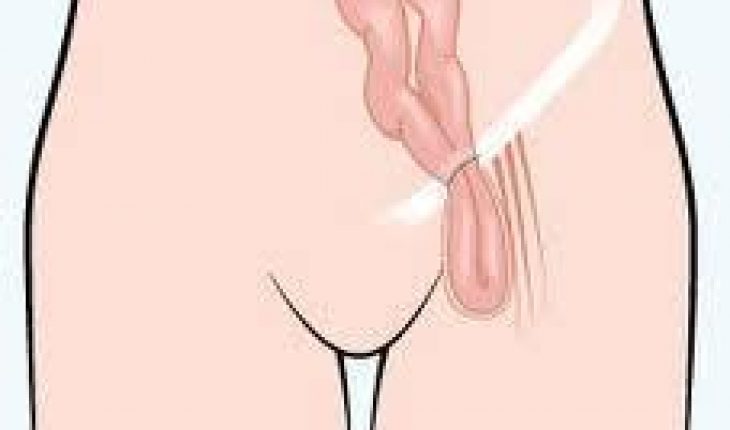What is a femoral hernia?
Hernias are the protrusion of a viscus due to a weakness in the wall which contains it. A femoral Hernia comes up in the groin area similar to an inguinal hernia. They are however more widely known to develop in women than in men. The femoral hernia emerges in or really close to the crease of the leg. This is in an area that is to some extent lower than the popular inguinal hernia. The hernia emerges in the tube-structured channel and develops into a protrusion the size of a grape.
If a person has developed a femoral hernia and has gone without treatment they may experience extreme complications. There are no definite symptoms associated with femoral hernias. It can be corrected surgically. What takes place in the actual surgery is that the contents of the hernias are pushed into the abdomen, and the problem causing the weakness in the wall of the abdomen is corrected. If the hernia has any fragments from the intestine then this has to be put in its correct place to prevent any complications like bowel obstruction.
Formation of the hernia
A likely place for hernia development is the femoral canal. This area is weak and different fragments from the abdomen can fill inside the area, in the event of a rise in pressure to the abdomen. Where an area is weak in the abdomen, contents from the bowel, among other things have a greater likelihood to stick through the femoral canal. Where high pressure is present, brought on by going into a sudden standing position, sneezing or coughing, the hernia will come up. The activities that cause risks of a femoral hernia are smoking which produces long term coughing, handling heavy objects, obesity, and constipation.
Development of femoral hernias is common in older persons as their abdominal wall gets weaker as time goes by. Additionally women who had pregnancies are also more likely to develop femoral hernias. The pressure that is mounted throughout the time of pregnancy happens to break down the tissues, and the lining of the abdomen.
It is more difficult to diagnose a femoral hernia and monitor it than the common inguinal hernia. The lump that it creates in the groin area is a similar size to a grape grain. This may be a challenge to recognize particularly if the patient does not demonstrate any clinical signs or symptoms.
In the initial stages hernias may be able to go down in size. The fragments contained in the hernia are usually able to be pushed back into its place in the abdomen by the pressure of a finger. With the passage of time the hernia sac may become fastened within the femoral channel and is irreducible. At this time patients normally get medical attention. A hernia that cannot be reduced causes pain over some time and makes patients uncomfortable. Complications may also come out of that hernia. Emergency operation is needed if the hernia becomes very painful and sensitive.





